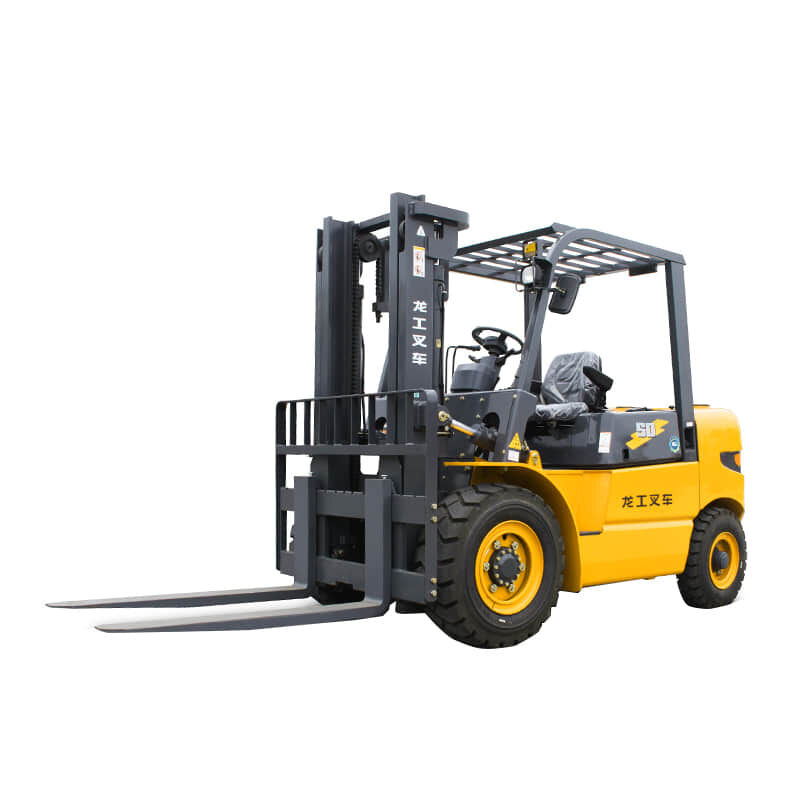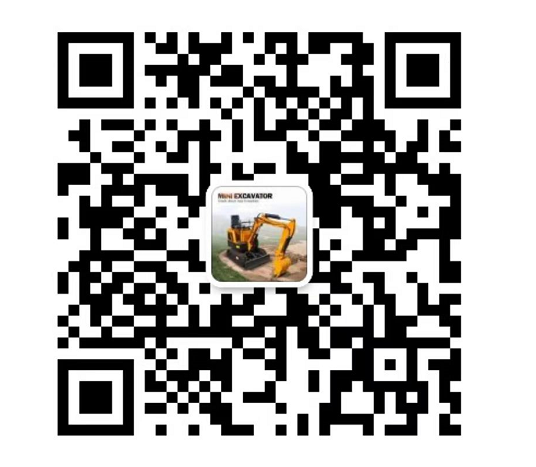I. Product Introduction
Electric forklifts are extremely important material handling equipment in the modern logistics and warehousing fields. They are composed of several key components. The electric motor, as the power source, provides power for the forklift's driving, steering, and the lifting and lowering of the forks. It features high efficiency and energy saving and can precisely control various operations. The battery pack is the core of energy storage, with various capacities to meet different operation duration requirements and ensure the forklift can work continuously and stably. The frame structure is sturdy, carrying components such as the motor, battery, mast, and forks, ensuring overall stability and safety. The mast can flexibly adjust the height of the forks, facilitating the loading and unloading of goods on shelves at different heights. The forks are ergonomically designed, sturdy and durable, and can effectively carry various types of goods. Thanks to their advantages such as being pollution-free and having flexible operation, electric forklifts are widely used in indoor warehouses, production workshops, supermarket distribution centers, and other places, greatly improving the efficiency and accuracy of goods handling.
II. Product Advantages
- Environmentally Friendly
-
- Zero Exhaust Emissions with Significant Advantages: Electric forklifts are powered by electricity and do not produce exhaust emissions during operation, unlike diesel forklifts. This makes them perfectly suitable for places with strict air quality requirements, such as electronic component production workshops, food storage warehouses, and pharmaceutical research centers. They will not pollute products or affect indoor air quality due to harmful components in exhaust emissions, creating a healthy and clean working environment for employees and also conforming to the current concept of green and environmental protection.
- Low Noise Level to Create a Quiet Atmosphere: Compared to traditional fuel forklifts, electric forklifts generate very little noise during work and operate quietly. When used in noise-sensitive environments such as logistics warehouses near hospitals or libraries, or small material storage areas in office buildings, they hardly cause any interference. Operators can work in a relatively quiet and comfortable state, and at the same time, noise pollution to the surrounding environment is avoided.
- Convenient and Flexible Operation
-
- Simple and User-Friendly Operation Interface: Electric forklifts are equipped with a user-friendly operation panel. The layout of various operation buttons is reasonable, and the function markings are clear and definite. Basic operations such as moving forward, moving backward, and lifting and lowering the forks are simple and easy to understand. Operators can quickly master the operation methods after a brief training and easily drive the forklift to carry out goods handling work, effectively improving work efficiency and lowering the operation threshold. Even novice operators can quickly get started with the operation.
- Strong Maneuverability with Flexible Steering and Small Space Operation Ability: Its body design is relatively compact, with a small turning radius, enabling it to move freely between narrow aisles and dense shelves. In indoor warehouses with limited space and a complex layout of goods placement, electric forklifts can accurately approach the target goods and flexibly complete loading and unloading tasks, demonstrating good mobility and flexibility and greatly improving space utilization.
- Convenient Charging
-
- Fast Charging Technology to Facilitate Efficient Operation: Nowadays, many electric forklifts are equipped with advanced fast charging technology. During short breaks, such as lunch breaks or intervals between work, they can quickly recharge the forklift so that it can continue to be put into operation, reducing downtime caused by insufficient power and ensuring the continuity of goods handling work. This is especially suitable for logistics distribution centers where operation tasks are tight and forklifts need to be used frequently.
- Complete Charging Facilities for Convenient Charging at Any Time: With the continuous popularization of charging infrastructure, more and more workplaces are equipped with sufficient charging piles. Electric forklifts can be charged at any convenient time when they are not in use after completing operations or during idle periods. Moreover, the charging plan can be flexibly arranged according to the actual usage situation, without the need to frequently go to refueling stations like fuel forklifts, further improving the convenience of use.
- Multiple Safety Guarantees
-
- Overload Protection to Prevent Hazards: Electric forklifts are equipped with sensitive overload protection devices. When the weight of the goods carried on the forks exceeds the rated load capacity of the forklift, the system will immediately sound an alarm and automatically restrict operations such as the continuous rising of the forks or the continuous movement of the forklift, avoiding safety accidents such as forklift overturning and structural damage caused by overloading, effectively protecting the safety of the equipment, operators, and surrounding personnel.
- Multiple Safety Functions Working Together to Ensure Safety: In addition, they are also equipped with functions such as the Anti-lock Braking System (ABS), which ensures that the wheels will not lock up during emergency braking and can maintain good steering ability to avoid losing control. There is also an emergency stop button. In case of sudden emergencies, operators can press it with one click to quickly stop the forklift. The vehicle stability control system also ensures the stability of the forklift during driving and loading and unloading of goods. Through the coordinated action of these multiple safety functions, all-round safety of the operation is ensured.
III. Product Application Scenarios
- Indoor Warehouse Scenario
In various indoor warehouses, electric forklifts play an indispensable role. Whether it is an ordinary storage warehouse for electronic products, clothing, daily necessities, or a professional collection warehouse for precious cultural relics and high-value artworks, electric forklifts can fully demonstrate their capabilities with their pollution-free and flexible operation characteristics. They can drive smoothly along the narrow aisles of the shelves, accurately place goods at designated high or low shelf positions, and can frequently move different-sized cargo boxes, pallets, etc. without producing exhaust pollution, ensuring the orderly circulation and efficient management of warehouse goods. For example, in a large e-commerce warehouse where thousands of packages are shipped in and out every day, electric forklifts shuttle among them, responsible for transporting goods from the receiving area to the sorting area and then from the sorting area to the corresponding storage shelves, helping the entire warehousing and logistics process run smoothly.
- Production Workshop Scenario
In production manufacturing workshops, electric forklifts are also widely used. For example, in an automobile manufacturing factory, various parts need to be moved, ranging from small screws and nuts to large engine and body frame components. Electric forklifts can accurately transport these parts between different workstations in the workshop with their flexible operation performance, and will not produce exhaust to interfere with the production environment, ensuring the cleanliness and high efficiency of the production process. In a food processing workshop where environmental hygiene requirements are extremely high, electric forklifts are the best choice. They can safely move raw materials, packaging materials, and finished products, safeguarding the safe production of food and ensuring that the produced food meets strict quality standards.
- Supermarket Distribution Center Scenario
The goods handling tasks in supermarket distribution centers are heavy and the environmental requirements are high. Electric forklifts show their advantages here. They are responsible for unloading various types of goods shipped from suppliers, such as fresh food, daily necessities, and household items, and transporting them to the corresponding storage areas for classified storage. Later, according to the order requirements of the stores, they will transport the goods from the warehouse to the distribution vehicles. During this process, due to their quiet operation characteristics, electric forklifts will not interfere with surrounding workers or other ongoing operations. Meanwhile, their flexible operation performance can also adapt to the complex and changeable spatial layout of the distribution center, efficiently completing the loading and unloading and transfer of goods and ensuring the timely supply of goods to supermarket stores.





